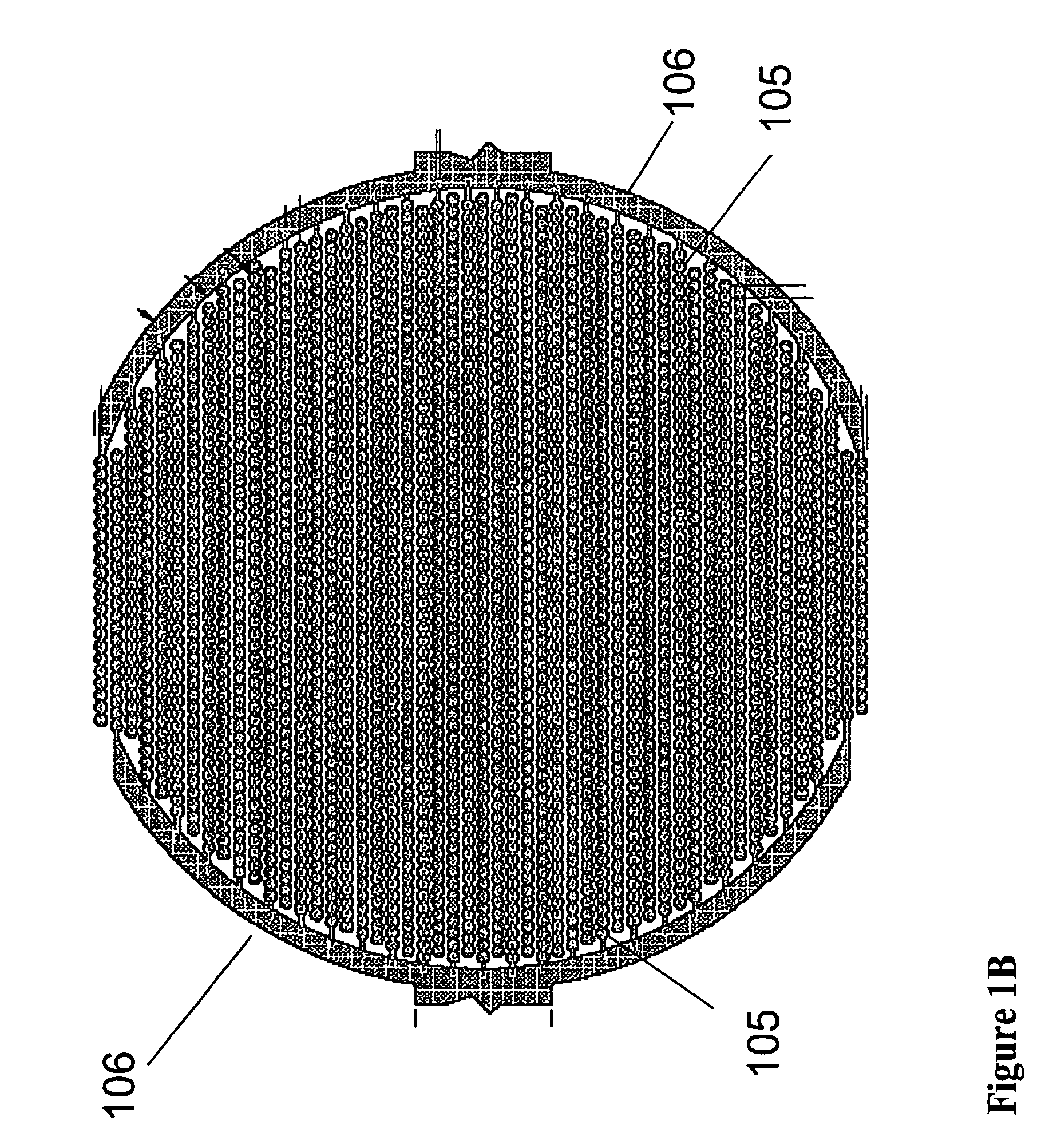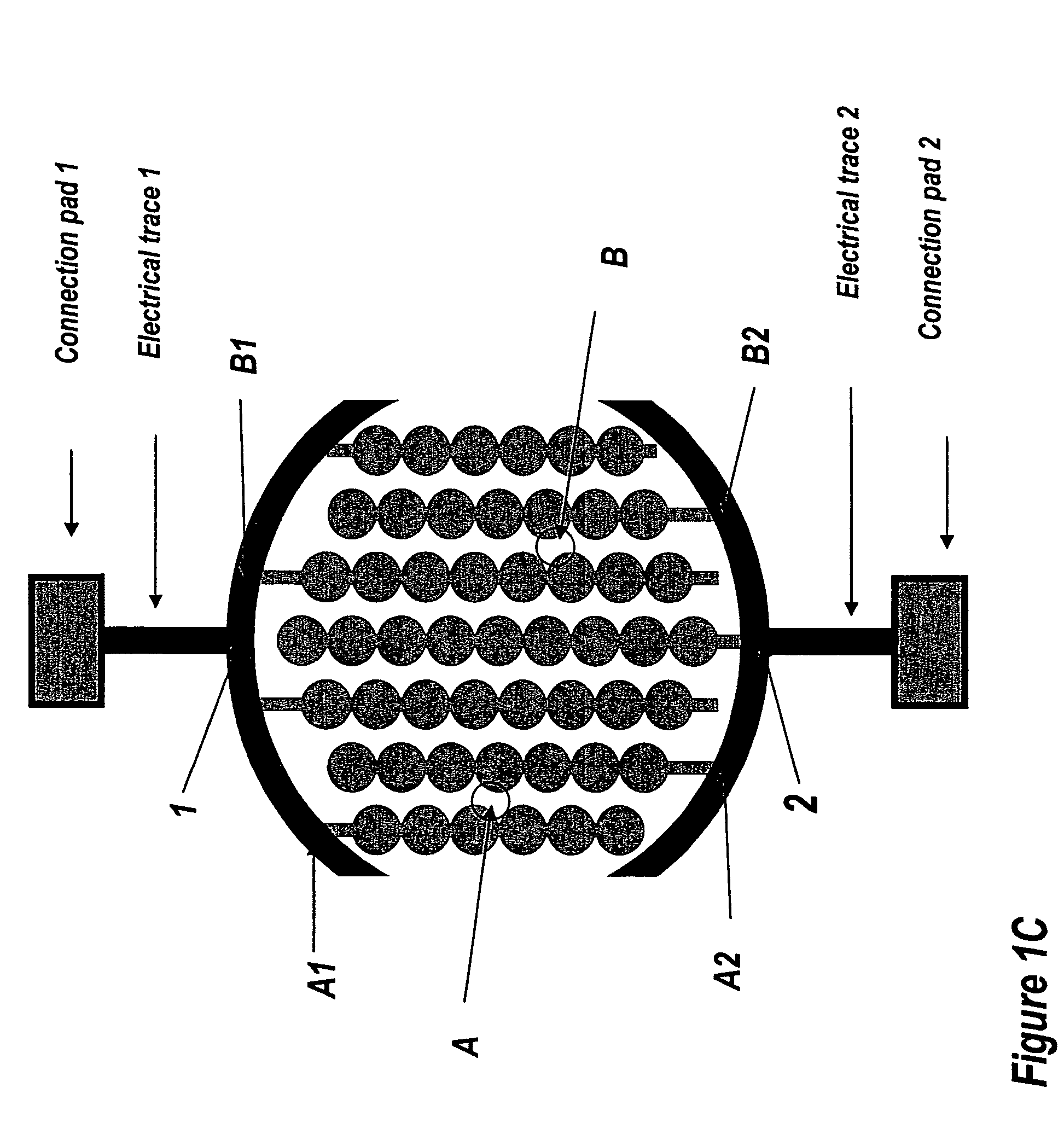Method for assaying for natural killer, cytotoxic T-lymphocyte and neutrophil-mediated killing of target cells using real-time microelectronic cell sensing technology
a real-time microelectronic and cell sensing technology, applied in the field of cell-based assays, can solve the problems of limiting the utility of target cells, limiting the use of radioactive labels,
- Summary
- Abstract
- Description
- Claims
- Application Information
AI Technical Summary
Benefits of technology
Problems solved by technology
Method used
Image
Examples
example 1
Profiling of Dynamic Cell Responses to Anti-cancer Drugs Using ACEA RT-CES System
[0438]In this study, we used the RT-CES system to dynamically monitor cancer cell responses to chemotherapeutic compounds with characterized mechanisms, and to profile the specific cell response patterns. Thirteen cancer cell lines including cancers of breast, prostate, lung, colon, ovary, kidney, fibroblast, and central nervous system were tested (Table 1). Each cancer cell type was treated with 11 chemotherapeutic compounds, classified as DNA damaging agents, protein kinase inhibitors, anti-mitotic drugs, cell cycle specific inhibitors, protein synthesis inhibitors plus a compound of unknown category (Table 2). Dynamic and dose dependent cell-compound interaction patterns were characterized and summarized for all the tested cell lines and compounds. The profiles for three drugs, doxorubicin, olomoucine and paclitaxel against a panel of 12 different cell lines are presented in FIGS. 9, 10 and 11, respe...
example 2
Cytotoxicity Profiling
Methods
[0442]Cells. All the cells used in this study were obtained from ATCC and maintained at 37° C. incubator with 5% CO2 saturation. H460, HepG2 and HT1080 cells were maintained in RPMI media containing 5% FBS and 1% penicillin and streptomycin. NIH3T3 cells were maintained in DMEM media containing 10% FBS and 1% penicillin and streptomycin.[0443]Cell Proliferation Assays. For each of the cell type, the indicated number of cells was seeded per well in 96× microtiter plates (e-plate™) with incorporated electrode structures in individual wells device in 100 μL of media. The attachment, spreading and proliferation of the cells were continuously monitored every 30 minutes using the RT-CES™ system (a cell-substrate impedance monitoring system. Cell proliferation was monitored for a period of 48-72 hours depending on the experiment. The electronic readout, cell-sensor impedance is displayed as a parameter called Cell Index.[0444]Drug Treatment and Cytotoxicity Ass...
example 3
Demonstration of NK-mediated Cell Killing of NIH3T3 Target Cells Using the RT-CES System
[0455]NIH3T3 cells (target cells) were seeded at a density of 20,000 cells / well into wells of ACEA's 16× microtiter plates (16× E-Plate). The cells were monitored continuously using the RT-CES and were allowed to adhere and proliferate overnight. After 18 hours the cells were incubated with effector NK cell line at an effector to target ratio of 7.5:1. The target cell response was continuously monitored for the next 24 hours. As a control a mouse NK cell line which was deficient in its killing ability, Yac, was also added at an effector to target ratio of 7.5:1 or alternatively only 100 uL of media was added to the cells. As indicated by FIGS. 23 and 24, the mouse NK cell line mediates target cell killing as evidenced by a drop in the cell index number over time which is indicative of cell death. On the other hand the control Yac cell line did not have a major effect on target cells as did the ad...
PUM
| Property | Measurement | Unit |
|---|---|---|
| time | aaaaa | aaaaa |
| time | aaaaa | aaaaa |
| real time | aaaaa | aaaaa |
Abstract
Description
Claims
Application Information
 Login to View More
Login to View More - R&D
- Intellectual Property
- Life Sciences
- Materials
- Tech Scout
- Unparalleled Data Quality
- Higher Quality Content
- 60% Fewer Hallucinations
Browse by: Latest US Patents, China's latest patents, Technical Efficacy Thesaurus, Application Domain, Technology Topic, Popular Technical Reports.
© 2025 PatSnap. All rights reserved.Legal|Privacy policy|Modern Slavery Act Transparency Statement|Sitemap|About US| Contact US: help@patsnap.com



